contact Boss
Don’t rush to close it, talk to our boss directly, you will get a surprise.



1900+ Users
Completed User Services
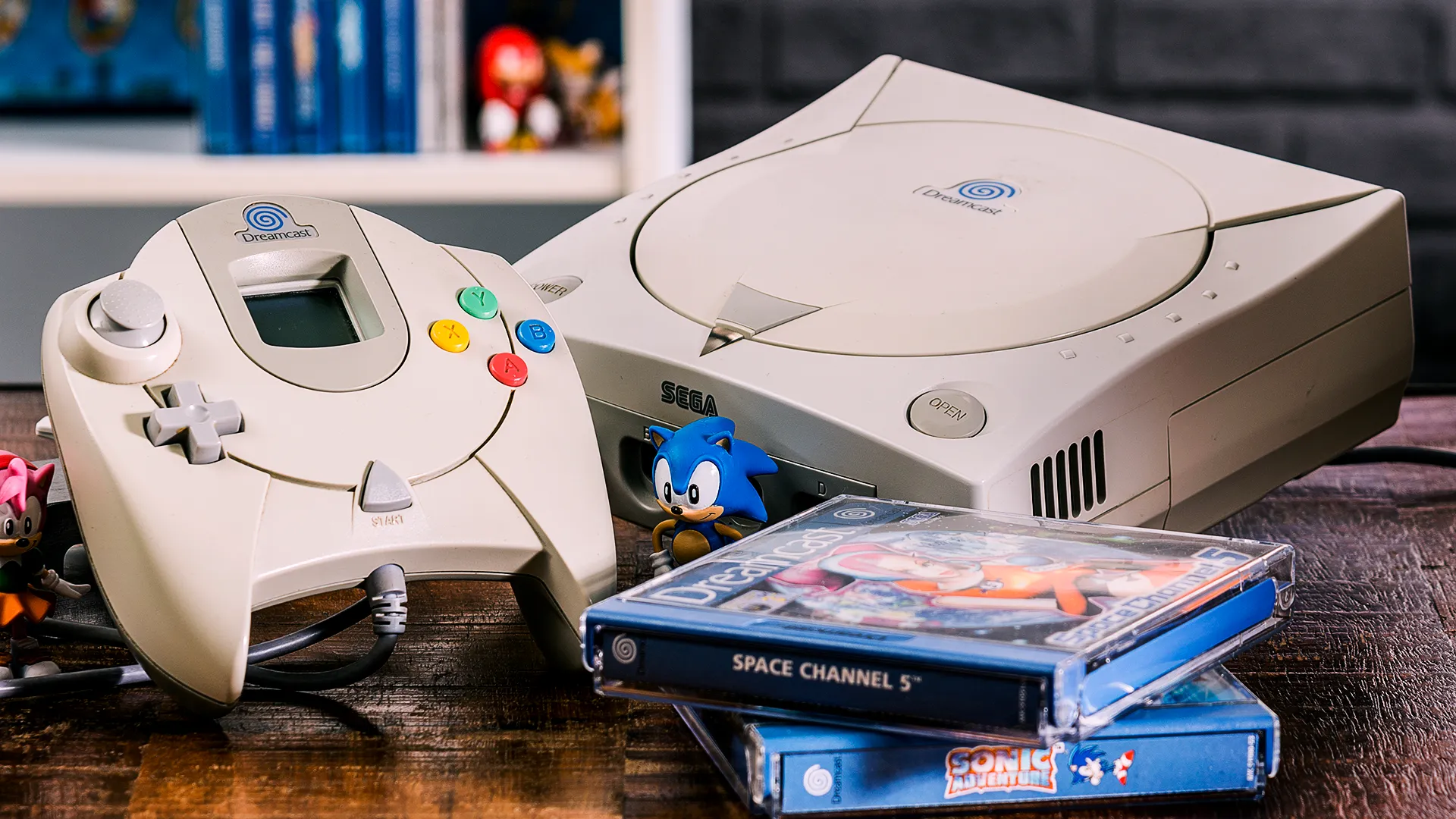
Dreamcast is a home video game console launched by Sega of Japan on November 27, 1998, abbreviated as DC. It is its sixth-generation console and Sega’s last home game console.
The DC was the first home console with a built-in modem, supporting features like online gaming. Its hardware was powerful at the time and capable of running high-quality 3D games such as Sonic Adventure and SoulCalibur.
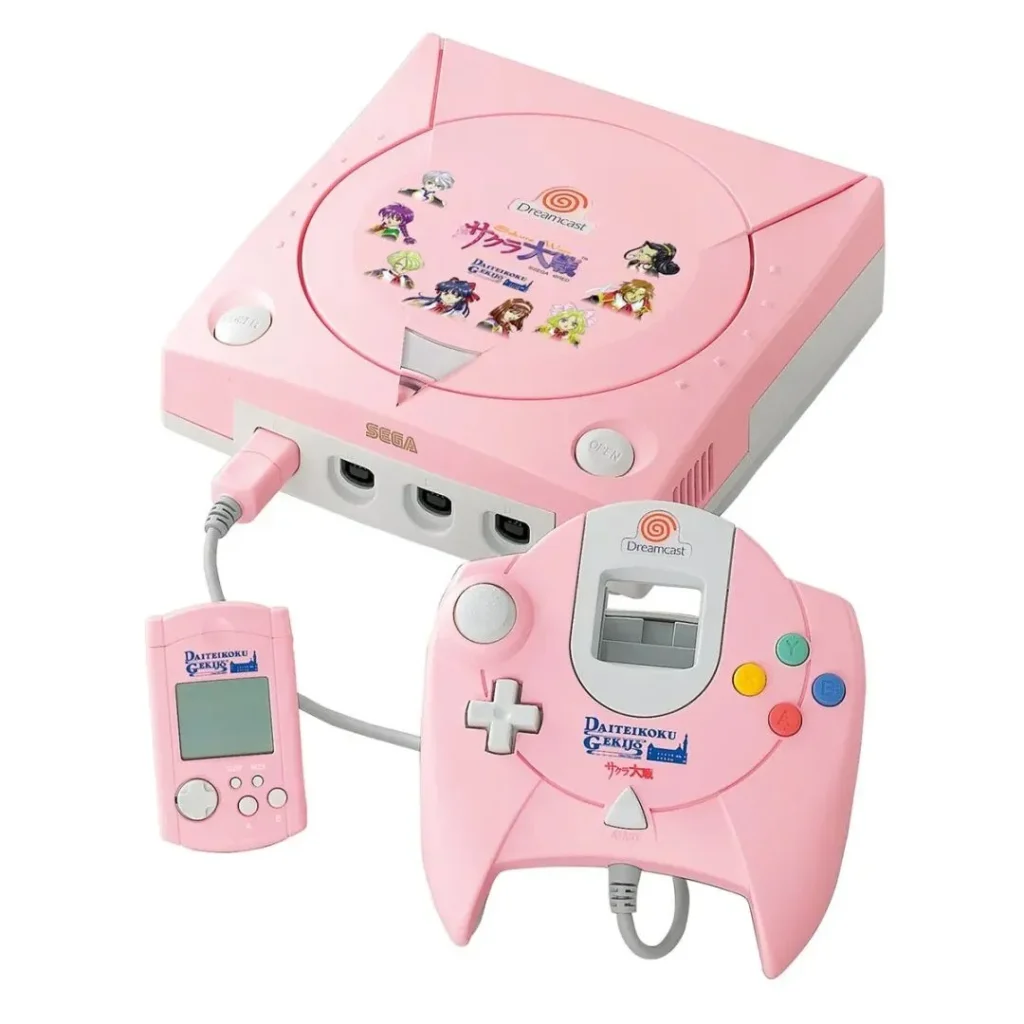
However, due to the launch of competitors such as the Sony PlayStation 2, DC ultimately failed to gain a market advantage. On March 31, 2001, Sega announced that it would stop producing DC and completely withdraw from the home game console hardware market.
The Dreamcast sold approximately 10 million units worldwide, although it initially achieved strong results in North America, selling 500,000 units in its first two weeks.
However, with the launch of competitors such as Sony’s PlayStation 2, Dreamcast sales gradually declined and ultimately failed to reverse the situation. On March 31, 2001, Sega announced the cessation of Dreamcast production and completely withdrew from the home game console hardware market.
During the SS era (referring to the era of the Sega Saturn console), Sega made two mistakes. First, its complex internal design led to its loss in the price war with the PlayStation, and second, it made software development difficult for software manufacturers.
Having learned from the above two lessons, Sega played two cards this time, namely “high performance but simple design, and a development environment based on the Windows platform”, and was determined to fight a do-or-die battle in this home game console war.
Unfortunately, the sales in Japan did not even exceed those of the SS. Sega therefore announced its withdrawal from the home game console market and began to transform into a software manufacturer, developing game software for game consoles of other companies such as SCE and Nintendo.
Sega adopted a strategy of completely imitating other competitors’ products for Dreamcast. The imitation here not only includes the console design, the shape of the controller and buttons, but also the number of controller interfaces, distribution and sales strategies, etc.
The console is priced at 29,800 yen. Although it is not as cheap as the N64 at 25,000 yen, it is still cheaper than the PS.
The Dreamcast’s development codename, Katana (meaning “sword” in Japanese), was straightforward and reflected Sega’s determination to fight to the death.
For game software, the Dreamcast used the GD-ROM, a proprietary optical disc jointly developed by Sega and Yamaha. Like CD-ROMs, it had a diameter of 12cm but a capacity of 1GB, roughly 1.5 times that of a CD-ROM.
The Dreamcast adopted GD-ROM for two main reasons: first, DVDs were not yet widely available at the time, and second, adopting a proprietary specification prevented copying and piracy.
The Dreamcast used a peripheral called Visual Memory to store game saves. This device is attached to the back of the controller and could also be used as a standalone portable game console. A variety of games could be installed via the DC, with the pre-installed game being “Godzilla: Monsters All Around.”
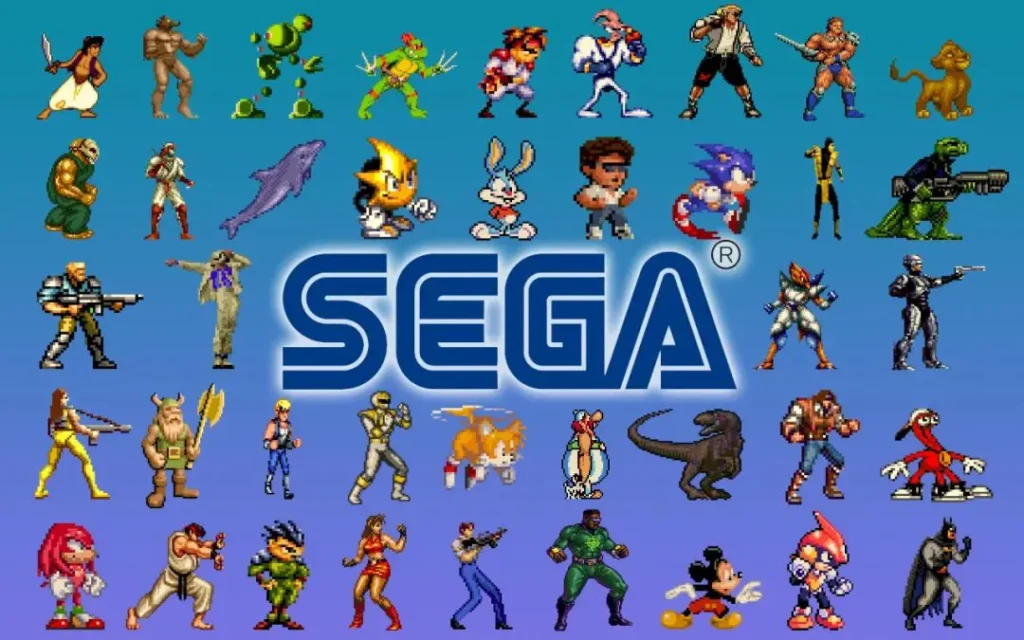
Similarly, the PlayStation also released a similar concept: the Pocket Station, a portable game console that used a memory card.
Of course, the Dreamcast also had some unique features not found in other consoles, most notably being the world’s first game console with a built-in modem, enabling various internet services and innovative gameplay.
Sega also launched a range of related products and services, such as the Dream Passport web browser and the Sega Provider and isao.net internet access services.
However, in 1998, monthly subscription-based Internet access was not yet very popular, and most users were still using dial-up Internet access (which was charged by time, like making a phone call). Therefore, these services of Sega were not actively used, which made people feel that they were born at the wrong time.
Despite this, Sega leveraged the Dreamcast’s network capabilities to launch Japan’s first true online game, Phantasy Star Online, contributing significantly to the popularization of online gaming. The internet is now a part of everyone’s lives, so Sega’s roadmap for the internet age wasn’t wrong.
In addition, Dreamcast also launched some peripheral devices for heavy gamers, such as the “broadband adapter” for connecting to wired networks and the VGABox that can output images to computer screens. Compared with other competitors, Sega plans products from the user’s perspective, which has been well received by the industry.
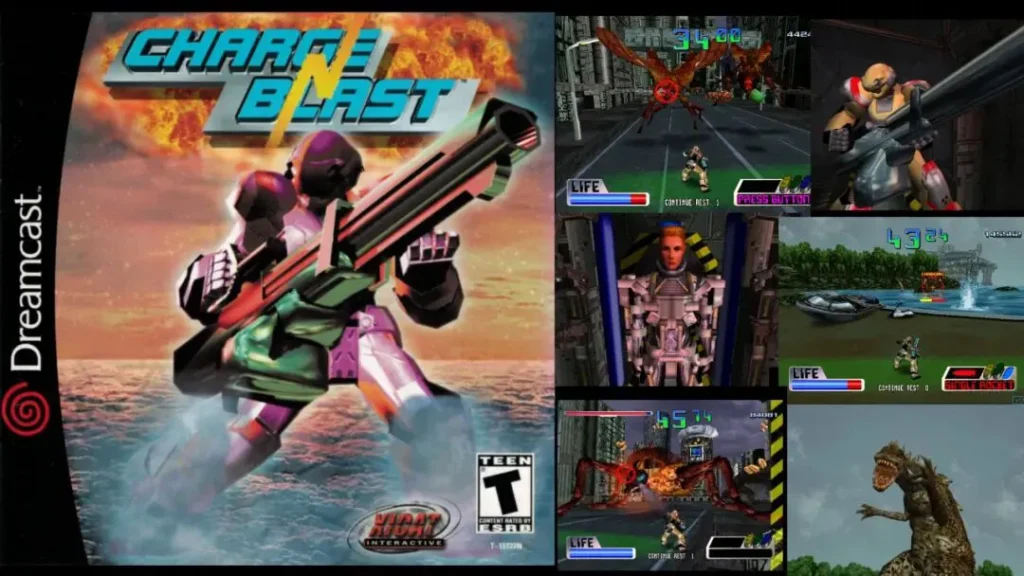
In terms of publicity strategy, Sega hired Yasushi Akimoto, the then-famous producer of AKB48, as an external director to be fully responsible for DC’s external publicity work.
Yasushi Akimoto launched a series of television commercials called “Tyukawa Ginmu,” which incorporated numerous self-deprecating elements. For example, a photo of a samurai dying in battle, paired with a headline like “Is Sega’s downfall?” and the slogan “Sega is truly lame.“
This series of commercials sparked heated discussion and successfully achieved its goal of hyping up Sega and the Dreamcast franchise before its release.
When planning this commercial, the original intention was to cast Shoichiro Iriko, then-Sega President, but he didn’t agree. Consequently, the role was ultimately chosen over Executive Managing Director Eiichi Yukawa, who had previously starred in television commercials such as “Robo Pitcher.”
This commercial catapulted Yukawa to fame, earning him prominent appearances in various media outlets and releasing music CDs, effectively becoming a “DC ambassador.”
The first batch of DC packaging boxes had a photo of Executive Manager Yukawa printed on them. Combined with the advertising effect, this batch of products was sold out in an instant, and Sega got off to a good start.
The main culprit for the Dreamcast‘s failure was not Sega itself, but NEC, the supplier of the graphics chips (semiconductor components) used in the console.
Due to delays in graphics chip development, Sega was unable to deliver development equipment to software developers, leaving them unable to develop games for the DC platform due to a lack of a development environment.
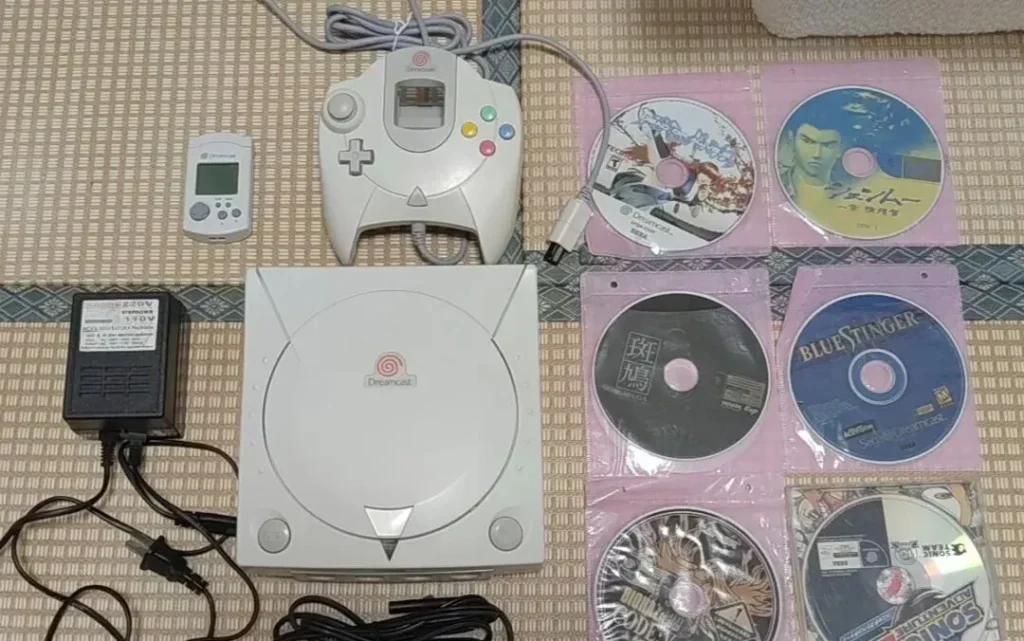
Furthermore, the graphics chip’s yield rate was slow to improve, impacting the Dreamcast‘s production capacity. Despite strong market demand, Sega simply couldn’t supply enough, a tragedy.
The low yield rate also weakened the mass production effect, making it impossible to reduce component costs. Affected by this, although the DC was launched one or two years earlier than other competitors’ products and gained a huge advantage, it was beaten to death on the beach by the following wave. This can only be said to be Sega’s bad luck.
Sega also invested a staggering 13 billion yen in advertising, a scale unprecedented in the company’s history and a truly risky gamble.
We’ve already covered the content of the ads, and they were quite successful in raising market awareness for both Sega and the DC. It seemed as if everything was in place, and the DC was destined to be a hit upon its release.
However, production issues with the DC’s graphics chips severely impacted the console’s production, rendering nearly all of the advertising money spent over the year in vain. This also led to serious issues such as a one-week release delay, a significant reduction in initial shipments, and the urgent suspension of pre-orders.
Because the previous advertisement had already thrust Dreamcast into the spotlight, the impact of these issues was magnified. True to the saying, “the higher you stand, the harder you fall.” The first shipment of 150,000 DC units sold out within the first day, demonstrating that supply was significantly insufficient compared to the robust market demand.
Although the DC platform has high-quality game works such as “Virtual Realm Fighter 3tb”, “Sonic Adventure”, and “Phantasy Star Online”, and the performance of DC itself is not inferior to other competitors of the same period, no one expected that Sega’s gamble would eventually fail in the “production” link, which was really a bit unfair.
At this time, Isao Ōkawa, then chairman of Sega’s parent company, CSK, assumed the role of president of Sega. When Microsoft announced its entry into the gaming market and released the Xbox, he engaged in numerous direct negotiations with then-Microsoft Chairman Bill Gates, hoping to gain compatibility with DC games.
In return, Sega offered its game software assets to the Xbox, hoping to secure the DC market and support its players and software developers.
However, Okawa firmly believed that networking was essential for cooperation, but Microsoft was not very concerned about it. Due to the two sides’ disagreement on design guidelines, the negotiations ultimately broke down, and the Xbox was unable to achieve compatibility with DC games.
Okawa deeply regretted not being able to save the DC, and when Sega announced its withdrawal from the game console market, he donated 85 billion yen of his personal assets to Sega, “hoping that this would at least fill the huge hole I dug.”
Two months later, Isao Okawa, who witnessed the end of Sega’s home game console business, passed away. After that, Sega officially withdrew from the game console market and began to concentrate on developing game software.
During its life cycle from 1998 to 2001, Dreamcast introduced several forward-thinking designs, many of which later became standard features on mainstream consoles.
It comes with a 33.6Kbps modem by default, allowing ordinary players to access the Internet for the first time without additional accessories, enabling online battles (such as “Phantasy Star OL”), downloading content, and other functions, directly promoting the “networking” process of home consoles.
Its Hitachi SH-4 CPU and NEC PowerVR2 graphics card were capable of running high-quality 3D games smoothly at the time. For example, Sonic Adventure, the first 3D game in the series, successfully ported its high-speed side-scrolling gameplay to 3D, providing a design reference for subsequent 3D platform games.
The “Visual Memory Unit (VMU)” that comes with the controller is not only a storage device, but can also run small games independently of the host, and even display additional information in the game (such as using the VMU to simulate a mobile phone to receive information in “Shenmue”). This “cross-device interaction” concept was extremely groundbreaking at the time.
Despite its life cycle of only three years, Dreamcast produced many classic games that subverted genres and influenced future generations, and became a stage for many producers to showcase their creativity.
The Shenmue series pioneered a “simulated open world” experience on consoles, allowing players to freely explore the streets of 1980s Japan and Hong Kong, interact with NPCs, and even experience everyday life, such as working and practicing martial arts. Its “Quick Transcript” (QTE) design was later adopted by countless games, including Resident Evil 4 and God of War.
Phantasy Star Online was the first large-scale 3D online RPG on consoles. It supported global players teaming up for adventures, breaking the limitations of single-player games and laying the foundation for the user base and design ideas for subsequent online games like Final Fantasy XI and World of Warcraft (console version).
In addition to innovative works, Dreamcast also gathered a large number of high-quality genre games, such as the fighting game “Soul Calibur” (a benchmark for 3D fighting), the racing game “Sega Gran Turismo”, the shooting game “House of the Dead 2”, etc. These works are still “classic examples” of the corresponding types.
The failure of Dreamcast directly led to Sega’s withdrawal from the console hardware market. Its experience has also become an important case for the gaming industry to study “console competition strategy”, providing a key warning for subsequent manufacturers.
Although the Dreamcast was released before the PS2 in 2000, the PS2 quickly captured the market thanks to its compatibility with PlayStation games, support for DVD playback (DVDs were a relatively new technology at the time), and superior performance. The Dreamcast’s GD-ROM (1GB capacity), while superior to CDs, couldn’t compete with DVDs (4.7GB), leading to the loss of third-party manufacturers (such as Electronic Arts).
Sega’s previous strategic missteps with the Saturn console (such as a rushed launch and hardware complexity that led to dissatisfaction among third parties) had already eroded some player trust.
Furthermore, the Dreamcast’s price plummeted rapidly due to pressure from the PS2, further impacting its brand value and ultimately leading Sega to abandon the hardware business.
Although Dreamcast had a strong game lineup, its core relied on Sega’s first-party studios (such as Sonic Team and AM2). The PS2, with its broader market prospects, attracted exclusive support from key third-party manufacturers such as EA and Square Enix, resulting in insufficient game supply and user loss in the later stages of Dreamcast.
Despite its commercial failure, Dreamcast has become a “benchmark of nostalgia” for the global gaming community thanks to its “innovative spirit” and “high-quality games”, such as:
Do you still have memories of the Dreamcast? Feel free to discuss in the comments section.